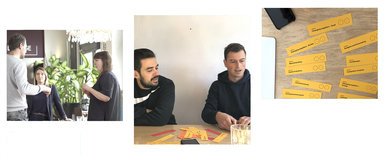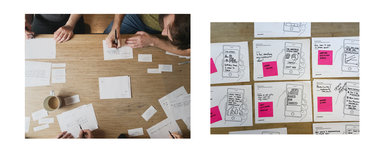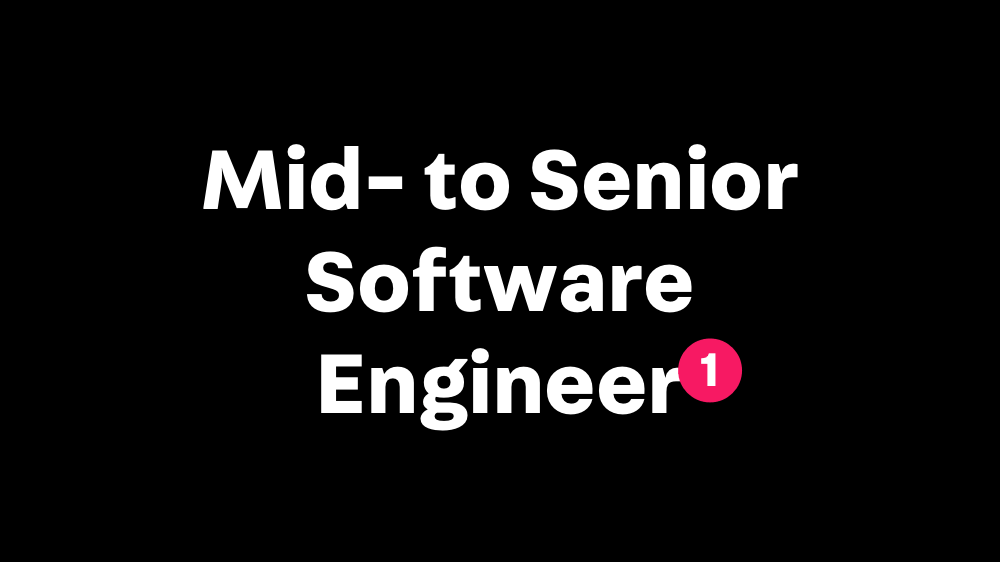Designing with data: A guide to user-centred, data-driven products

Data is often used to report inside the business, rarely to build new innovative products that drive customer value. Let's start 'making' products with the data we collect. What follows is a set of principles to set up your up for success.
In recent years, we have worked with various organisations to turn their data into action. We’ve spent quality time with the users behind the data to explore how that data could be valuable to them, and have turned data-driven prototypes into fully working products that have added real value for people across the globe. What follows is a reflection on the challenges we faced on that journey: mistakes you can avoid, tips you can steal, and principles that will help you build an awesome data-driven product for your customers.
Be guided by your users, not your data. For some reason we all assume humans will do what’s right if you provide them with the right information. Our psychology is much more complex than that: while our phones tell us how much we exceeded the advised screen time, we keep scrolling through that feed. Before deciding how to help your customers with data, then, you need to get to the bottom of their motivations and problems first. Your data might help bar owners spot trends in certain drinks, but that is of little use if what they’re really struggling with is ordering those drinks in time. Once you’ve defined the problem, you need to understand how your users make decisions. Test different ways of presenting the data, and learn from what you see. In short, do your research, go meet your customers - it’s the only way you will learn to drive the right behaviour.

Find your low-hanging fruit, don’t get bogged down in complexity. It can take time before you see value in data projects. The time to collect, sort and set up the data takes up to 80% of the actual analysis. To the rest of the organisation it might look like you are standing still. Because of this, data projects that set their sights too big to start with end often up failing. Start with a small, readily available data set that you know is relevant to an existing problem, and use it as your foundation to get in front of people - that is your prototype! Once you start learning what people do and don’t like you can incrementally add more data, make the service more relevant and smarter. The best way to prepare for internal sceptics (inevitable with data products) is to get funding in smaller cycles, and prove value after by onboarding users who will get the most value out of your product first.
Take stakeholders on an honest journey. Given that so much of the challenge with meaningful innovation is stakeholder management, there are two words you should avoid using at all costs: AI and machine learning. That technology is in the hands of well funded research arms - the moment you put them on a slide you ignite crazy expectations or fear, setting yourself up for difficulties. Instead, put your effort into helping people to understand the process. Tell stakeholders how you decide what insight to send when, and get your data scientists in the room to talk through the clever stuff that is happening to make these innovations work. The more people understand the process behind the analysis, the easier it will be for them to contribute and buy-in.

Prototype, then productionize. At Made by Many we always try and build the minimum first. The initial prototype on one of our data projects was nothing more than a manual messaging service, optimised to learn: at the start of the week we sent users a pack of ‘insights’, and they told us what they liked and didn’t through an in depth feedback mechanic. This meant we had the flexibility to explore multiple problems, and our data scientists and designers could analyze data and experiment with ways of presenting that information. This inevitably means that a lot of the early work is manual and you limit your initial scale. However, by selecting, sorting, cleaning, analysing, designing, and publishing data manually first you learn what will be most valuable to automate later. Scaling data-driven applications is hard, before you do, make sure you understand the impact of every piece of data.
Data is not just there to inform business decisions, to be put in a slide, it has huge potential to help solve your customers’ problems. Are you ready to unlock it? Yes, this requires a whole new set of skills. It means designers will need to spend more time understanding data, data scientists will need to get closer to users. There is still a lot to learn, don’t let that scare you, we won’t learn if we don’t start making! The talent is there, bring them together to unlock a whole new set of exciting products.
Continue reading
Why product-driven data science is the only kind of data science
Getting the most from data science within a product team set up, from a data scientist.
Mid- to Senior Software Engineer
We're looking for a Software Engineer to join our growing team.
Getting feedback right
Launching Made by Many's new feedback process by exploring the flaws in current feedback behaviour


